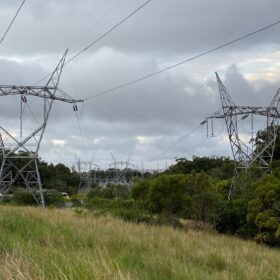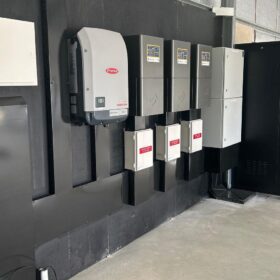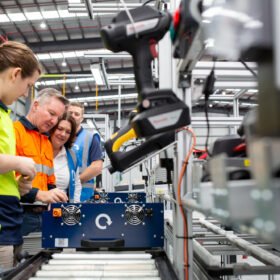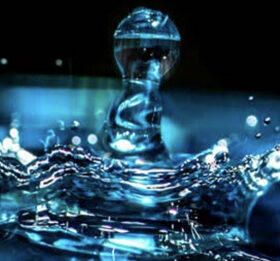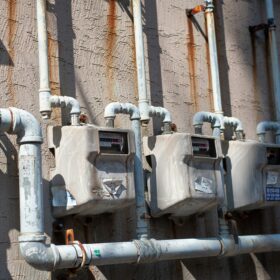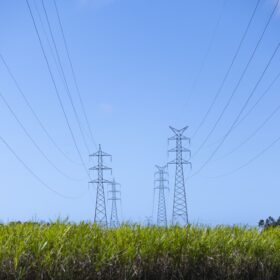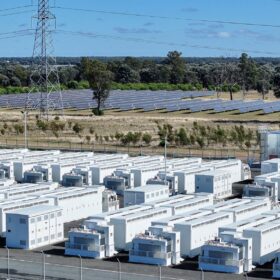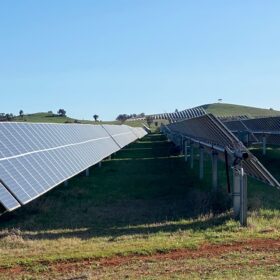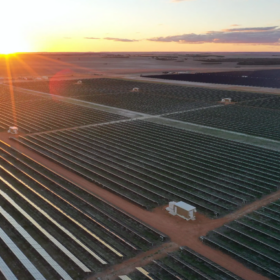‘Spilling’ excess power expected – and efficient
In Australia’s electricity system, more and more energy from sunlight and wind is being “spilled” – or not converted to electricity. In the past year, the amount of renewable energy spilled was roughly equivalent to the annual consumption of 750,000 typical households, or three months of consumption for the state of South Australia. Some have attributed these dynamics as being driven by a “solar power glut”.
Why clean energy sector is real winner of the 2024-25 Federal Budget
The 2024-25 Federal Budget had been eagerly anticipated, with expectations high for significant support towards green energy initiatives and green industry players.
Perfect recipe for accelerating residential battery uptake emerges
There are signs that Australian residential battery installations are set to rapidly increase. The appetite among the general public is there, and the conditions for growth are in place. In addition, fees for homeowners and small businesses exporting solar energy to the grid are coming our way.
Government’s cash splash aims to kickstart Australia’s battery industry
Australia has a new National Battery Strategy, unveiled as a key part of the federal government’s Future Made in Australia agenda. The vision is for this country to be making batteries with secure supply chains by 2035.
Will government investment make green hydrogen a reality in Australia?
In the budget last week, the federal government was keen to talk about its efforts to turn Australia into a renewable superpower under the umbrella of the Future Made in Australia policies.
Clean energy slump – why Australia’s renewables revolution is behind schedule, and how to fix it
For years, the electricity sector has been the poster child for emissions cuts in Australia. The sector achieved a stunning 26% drop in emissions over the past 15 years, while other sectors have hardly budged. The share of renewable energy has gone from 7.5% to more than 30% in that time.
Gas strategy huge misstep on Australia’s partway to decarbonised future
The Future Gas Strategy released by Federal Resources Minister Madeleine King is a massive misstep in the context of the strides the Albanese government has been making in pivoting to our economic future as renewables powered zero-emissions trade and investment leader.
Battery energy storage is ‘must-have’ to realise Australia’s renewable potential
Australia is in critical need of robust planning of distributed battery energy storage systems to increase network flexibility alongside the development of new generation resources and transmission infrastructure.
Keeping up with curtailment: The what and the where
This article shares some insights about curtailment for semi-scheduled solar and wind farms in the National Electricity Market and is a more in-depth follow-on to an earlier article about the issue.
EV battery range and price discrepancies good news for buyers
Despite a rapidly evolving electric vehicle market, myths that they are unsuited to Australian roads have persisted. According to the Electric Vehicle Council, there remains a misconception that EVs are unsuited to Australian conditions due to low battery ranges, the landscape and the country’s immature EV charging infrastructure.
